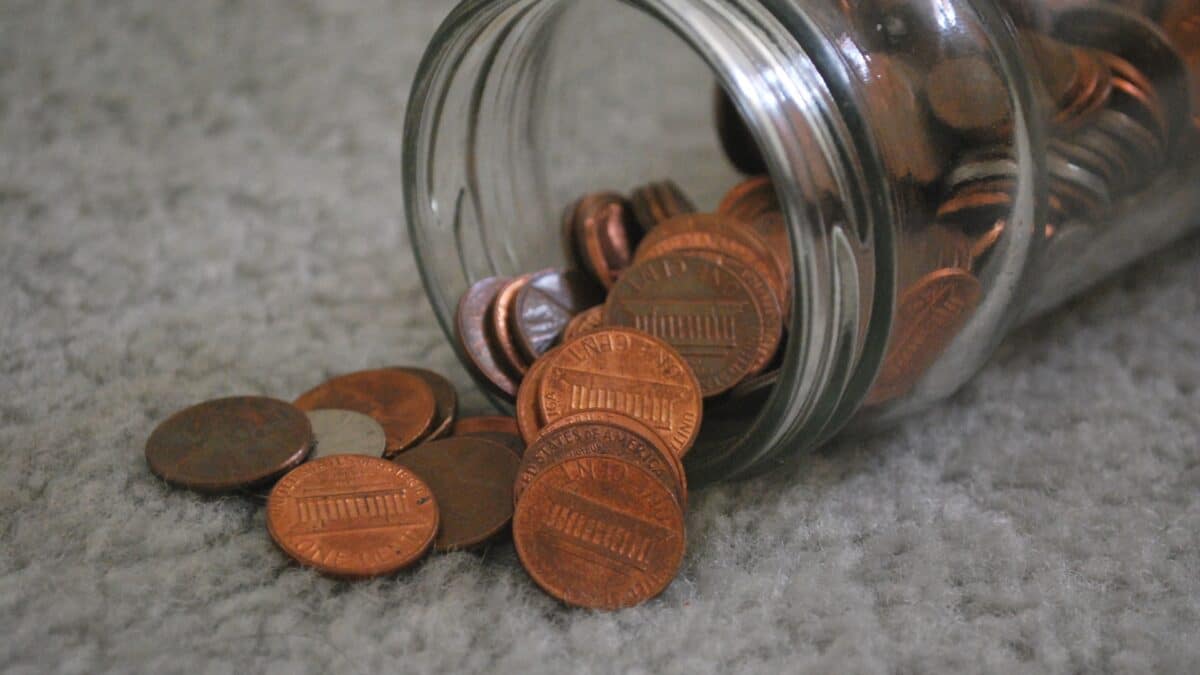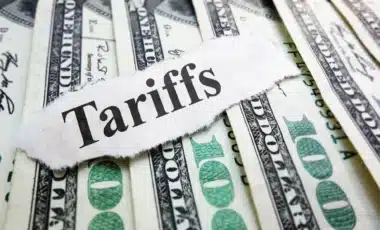The U.S. Mint is preparing to produce its final batch of one-cent coins after Donald Trump issued a directive to end the penny’s production. The former president, speaking on Truth Social in February, described the coin as “so wasteful” and instructed the Secretary of the Treasury to halt further minting. The Treasury Department, which supports the move, projects that discontinuing the penny will save the government $56 million per year in materials and manufacturing costs.
Trump argued that the coin has long outlived its economic usefulness. “For far too long the United States has minted pennies which literally cost us more than 2 cents,” he stated. The Mint has now placed its final order of penny blanks—the flat metal discs used to create the coins—and expects to stop production altogether once existing materials are used. The penny, introduced in 1792, currently has about 114 billion coins in circulation, equating to roughly 285,000 tonnes of metal.
High Cost and Limited Usage Drive The Decision
Advocates for eliminating the penny have pointed to its rising production costs, now approaching four cents per coin, and declining usage in everyday transactions. According to the Treasury, the coin is greatly underutilized and contributes more to logistical inefficiencies than to economic activity. Though still accepted as legal tender, its value in commerce has decreased as cash transactions decline and inflation reduces purchasing power.
Some experts argue that continuing to mint the coin no longer makes financial sense, especially given that the U.S. also faces a loss on producing the nickel, which costs about 14 cents to manufacture. Eliminating the penny would allow the Mint to reduce wasteful spending without significantly impacting consumers or businesses, especially if prices are rounded to the nearest five cents.
Penny for your thoughts? Well, it may need to be rounded up to a nickel. On Thursday, May 22, the U.S. Department of the Treasury announced it will be discontinuing production of the penny, with the coin expected to exit circulation within the next year.
— Country Rebel (@CountryRebelCo) May 22, 2025
Learn more about the… pic.twitter.com/BLLIIQLQ5l
Concerns About Rounding and Charitable Use
Despite the cost savings, some opponents have raised concerns about the penny’s removal. One frequently cited issue is the impact on charitable donations, where pennies still play a role in fundraising drives and coin collection campaigns. Others worry about how prices will be adjusted without the one-cent denomination, potentially leading to rounding up that could marginally affect low-income consumers.
Jay Zagorsky, professor at Boston University, acknowledged the economic rationale for the decision but emphasized the need for legislative clarity. He suggested that Congress must pass laws to standardize price rounding to avoid public confusion and to ensure the smooth phase-out of the coin. Without legal backing, some retailers may continue to demand exact amounts, prolonging the coin’s presence in circulation even after production ends.









